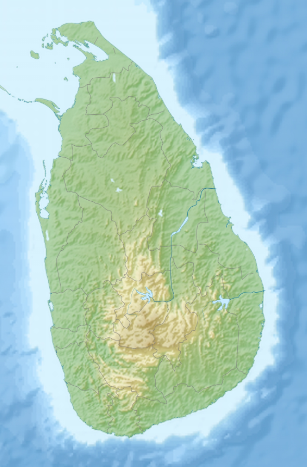Why the Flu Vaccine Was Not as Efficient as Predicted
The flu season peaked in the US during late February, with Centers for Disease Control and Prevention (CDC) estimates projecting it to be the worst flu season since 2009. The number of new cases has been decreasing slowly, but researchers say that the season could last into late April of this year. By February 16, there were 84 cases of child death from the flu, one of the only death or infection statistics monitored on a case-by-case basis. The final number is projected to surpass the 158 child deaths recorded during the 2014-15 flu season. So why was this year’s outbreak particularly deadly? Here is some information you should know about the 2018 flu season.
This year’s season is not a pandemic, but it is one of the worst in recent years
A pandemic occurs when people are exposed to a new strain of illness, without a vaccine that effectively prevents it. This was the case in the 2009 season when a form of the H1N1 virus found in animals mutated into a strain that could affect humans. Antibodies for the normal human strain of H1N1 were not effective against this new mutation, leading to widespread sickness across the United States.
This season’s prominent flu strains have been circulating for many years, so it has not been classified as a pandemic. However, the rate of hospitalizations in recent weeks hasn’t been seen since the 2009 season, according to researchers at the CDC. The season’s percentage of death from flu and pneumonia was 9% instead of the projected estimate of 7.4% according to the CDC report from According to CNN, the estimated season total on February 24th was 217,952 infections.
The vaccine was partially effective, but not as effective against a main strain
Every year, the vaccine distributed across the country is changed based on predictions on the most prevalent strains. The overall vaccine effectiveness (VE) for the 2018 season is estimated at 36%, which is a decrease of 4% from the last year. In addition to that, the VE for H3n2, the most prevalent strain (in terms of recorded infection) this year, was only 25%. Consequently, H3N2 has been the primary contributor to flu hospitalizations and infections during the past few months (CDC). One of the reasons the vaccine was ineffective against H3N2 has to do with how it is made.
The virus in the vaccine was made in chicken embryos
Viruses made for use in vaccines are usually cultured in chicken embryos. This usually does not affect the effectiveness of the vaccine in forming antibodies, but H3N2 has been circulating for more than 50 years in humans. The virus mutated in the vaccines to accommodate being in the chicken embryo. According to CDC reports, when it was injected into humans, the antibodies formed by this new mutation were less effective against the original strain.
The vaccine still helped
It may not have been as effective against the flu as in other years, but this season’s vaccine has been consistently effective against different prominent strains of the flu, including H1N1 and Victoria B, two of the other most common strains. Also, ¾ of the children who died from influenza this season did not obtain the vaccine. This may be because, according to a CDC media report by Dr. Dan Jernigan, a majority of these deaths have been incurred by the H1N1 virus, which the vaccine more reliably protects against. It may not be as effective as in recent years, but it is still one of the most important defenses against illness available.
This flu season has hit its height, but it is far from over. Officials from the CDC say that it is not too late to get a vaccine. CDC director Dr. Brenda Fitzgerald urged people to continue investing in ways to protect themselves against the illness at a press conference in January. “Take every advantage that you can to protect yourself.” This includes washing hands, staying away from sick persons, and if you are sick protecting others by staying home instead of attending school or jobs. The vaccine may not be the perfect answer we want it to be, but it is another critical step in preventing the spread of dangerous illnesses.









